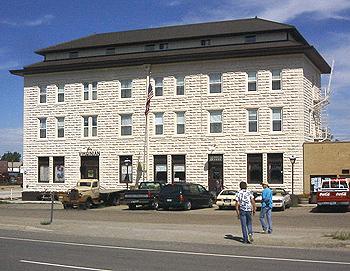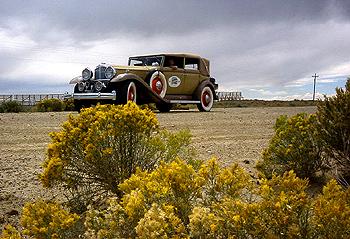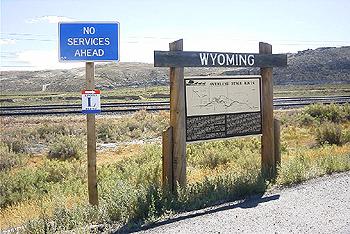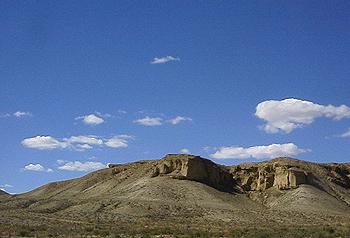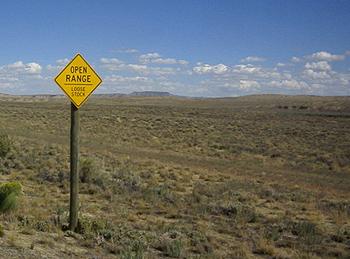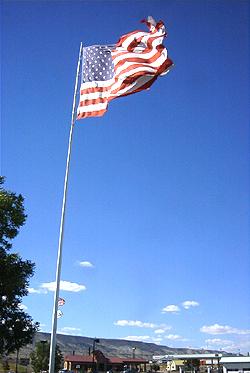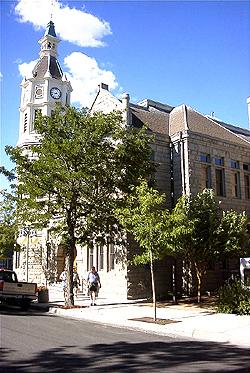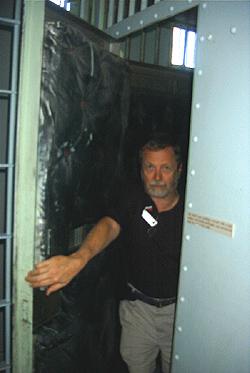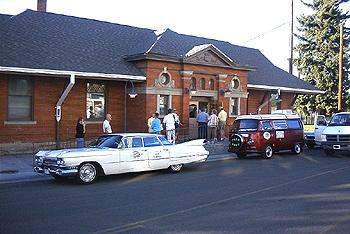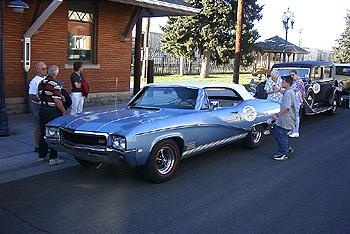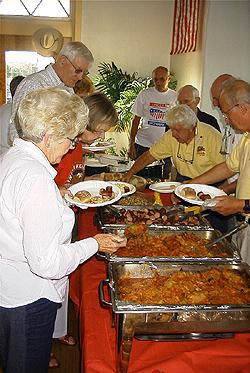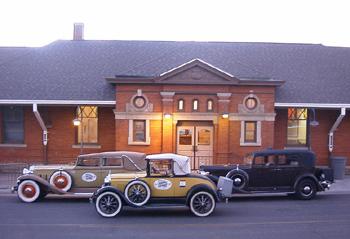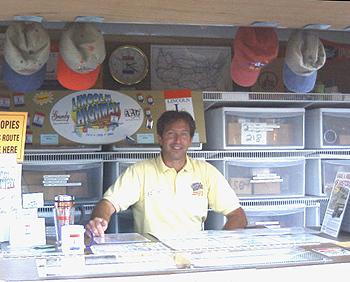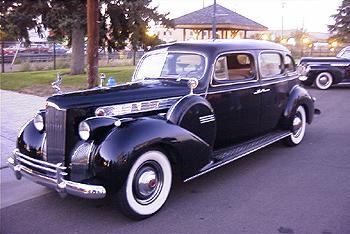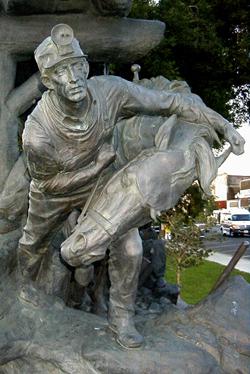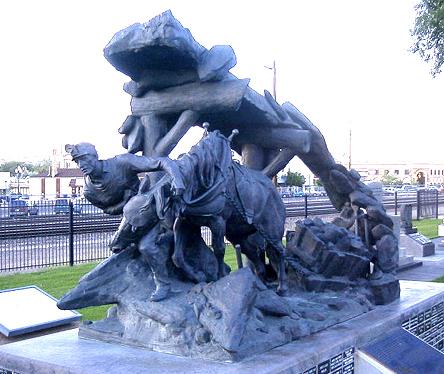| Previous Day | Return to Lincoln Diary | Next Day |
Day 11 - Laramie WY to Rock Springs WY
 |
From the Diary of Eagle Scout Bernard R.
Queneau Member of the 1928 Lincoln Highway BSA Lincoln Highway Promotional Tour Monday, July 30, 1928 - Leaving Rawlins we drove to Rock Springs. Here we met a Mr. Williams, a Mormon priest, but a fine Scout Executive. We gave a demonstration in a sand storm, and I hope we will never do it again. If the top of a few had held, I bet it would have lifted a foot or two. After the demonstration we met Mr. Stroud, generally known as Rocky Mountain Bill. He knows every foot of Wyoming and showed us some wonderful pictures hand-colored, the beauty of which not many states can boast of. He has a picture of two deer that took three weeks to get and is often used by the National Geographic. He also wrote a book for which he was offered as much as he wanted, but he only accepted the cost, $35.00. Some of his pictures were of Rio Verde, Flat-Top (taken by lightning), the famous Yellowstone Glacier and herds of antelope, all of which he had tinted himself. |
| Wednesday - August 27th (Somewhere West of Laramie) We get a late start this morning waiting for the bearings to be delivered – even though Sophie is all fixed now, Bob Leibensperger went to a lot of trouble to get them sent out to us. Bill goes in to see if he can have them forwarded on, and the UPS delivery man arrives with the package while he is standing at the front counter!
|
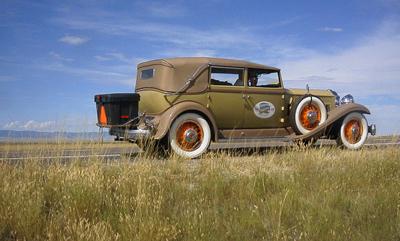 |
| The rest of the group was going to a large automotive Vo-Tech center just outside of Laramie for a quick
visit, so we follow on. We decide to stop in at ‘Suzy’s’ gas station
which has a 1927 International gas truck parked out front. Owner Larry
Taylor comes out to admire the Packard, and says he saw our ‘advance
party’ go past about 45 minutes earlier. The 1927 International is a
six-speed, and is used for parades and special events. We find the Tech Center – actually we stop at three different buildings! It is a huge complex that covers every area of automotive technology. The Tour group has already left, but we have good number of students come out to look at Sophie before we return to Route 30. Just outside of town, we make a special stop to take a picture for TRAACA stalwart Richard Hall – he has a fondness for the old Jordan Playboy advertisements from the 1920s which had the tag line ‘Somewhere West of Laramie…” Although we are on the main highway through these parts, we practically have the road to ourselves. You can see for miles all around. With no dust or moisture in the air, even the clouds in the crystal blue sky look painted on. |
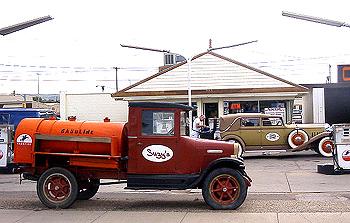 |
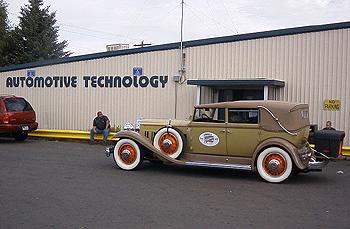 |
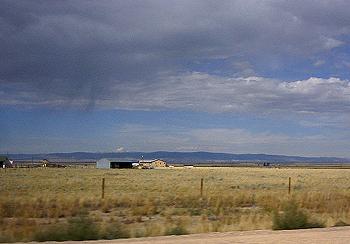 |
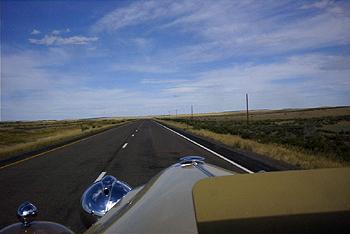 |
|
It is a little windy today, but not hot. Our concerns about traveling through the Midwest in August have proven to be unfounded. If weather reports are to be believed, we’re having a much nicer time than the folks back home! Bill spots a herd of pronghorn antelope off to the side, and we stop for a look. We have to use his binoculars to make them out clearly – the huge buck watches us closely as his harem grazes, ever alert for danger. They are beautiful animals, capable of running 40 mph to escape predators. We have seen a few on the side of the road – Route 30 is mostly open here. Interstate 80 has cattle grates at every on and off ramp to keep wandering cattle and wild animals off, but even they don’t always work. The terrain is severe – brown grass and barren hills. We pass a large patch of white – an alkaline lake where the water has lifted alkalides out of the soil and then evaporated or percolated away. |
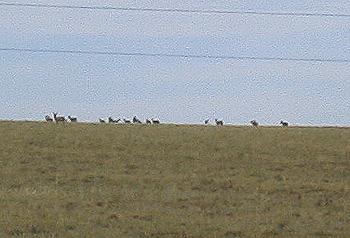 |
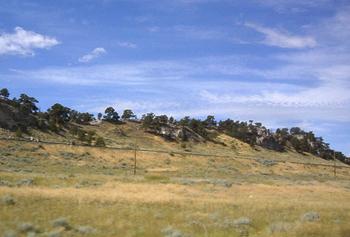 |
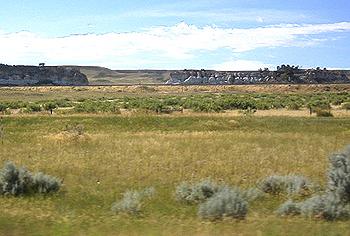 |
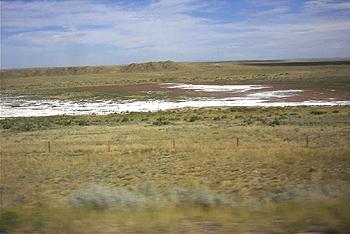 |
|
|
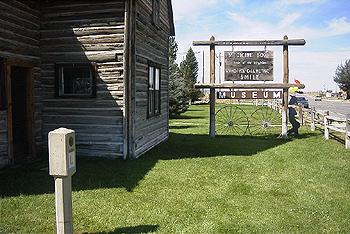 |
|
We have a rest stop and tea break in Medicine Bow – a tiny old west community that was the setting for the Virginian, a popular novel about 1900. A local entrepreneur built a hotel there in 1904 and named it the Virginian after the main character. Our rest stop is being hosted by the Medicine Bow museum, a facility with two buildings that pretty much make up half the town. The museum itself is the old train depot, which has been refurbished and filled with a fascinating collection of photos and memorabilia of Medicine Bow and the surrounding area. The other building is a log cabin dating back to the mid-1800s that was relocated and restored by the local Lion’s Club. The museum is operated by volunteers, and is supported by donations. The ladies have prepared iced tea and lemonade for us, along with candy and snacks to take along. There is also entertainment in the form of a local harmonica player who plays ‘Shenandoah’ for the real Virginians in the group. |
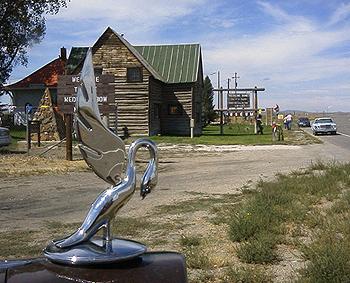 |
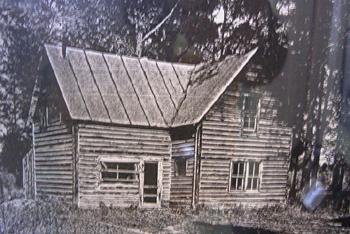 |
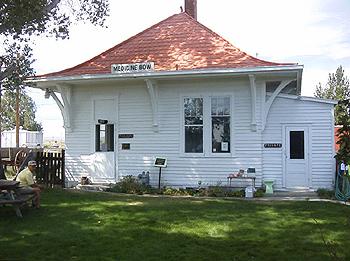 |
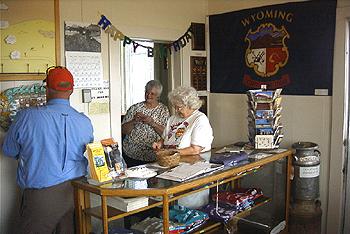 |
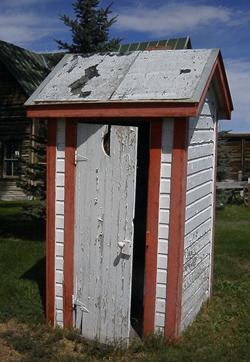 |
We take time to look around the grounds. The restroom facilities are obviously unisex – at least, the outhouse door isn’t marked for male or female. Bob Woolfitt investigates and reports that it is a two-seater. We also find a gas-powered aviation beacon that was used by the U.S. Air Mail service back in the 1930s. |
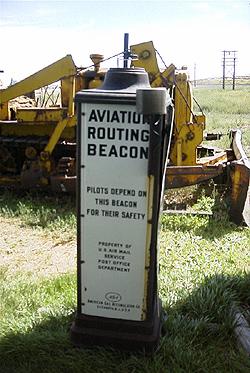 |
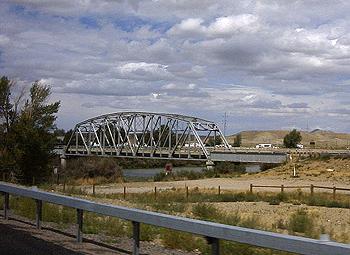 |
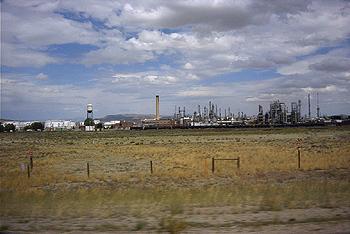 |
| We continue on to Rawlins, WY for our lunch stop. You can see the old sections of Route 30 if you look close – parts of the original unpaved road angle off into pastures and gradually curve back to meet the new road’s path. In one section, you can see one of the original bridges off to the side. As we get close to Rawlins, the open landscape gets cluttered with business - a huge Amoco refinery is just outside the town itself. |
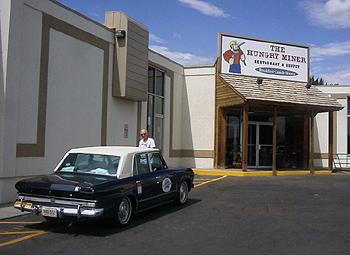 |
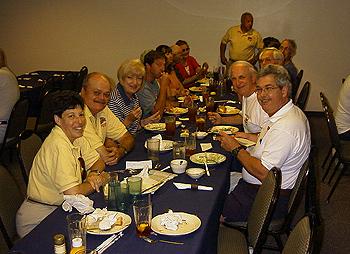 |
|
Lunch is at the Hungry Miner, where they have set up a special room in back for us. Some local car club folks have shown up with their cars to welcome the Tour participants. And for those of us in the older cars who think we are doing things the hard way, there are three young men in the lobby who make us all look like loafers. Erik, Andy, and John are walking across country, about 20 miles per day, to benefit the American Cancer Society. You can find out more about their unusual effort at www.youguysarestupid.com. After lunch, its time to give Sophie her daily feeding – and Shirley Woolfitt finds yet another pushme-pullyou car. This one is a 1955 Cadillac – something of an upgrade from the Model A version we saw a few days ago. |
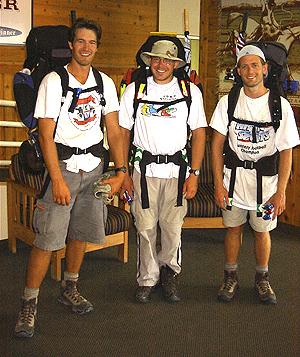 |
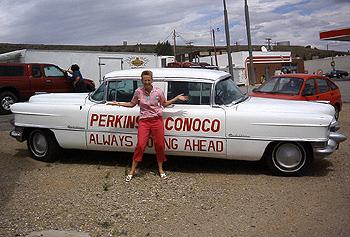 |
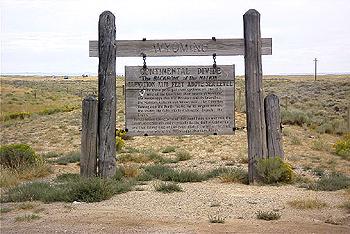 |
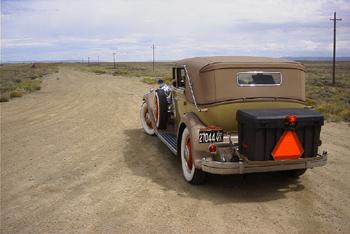 |
